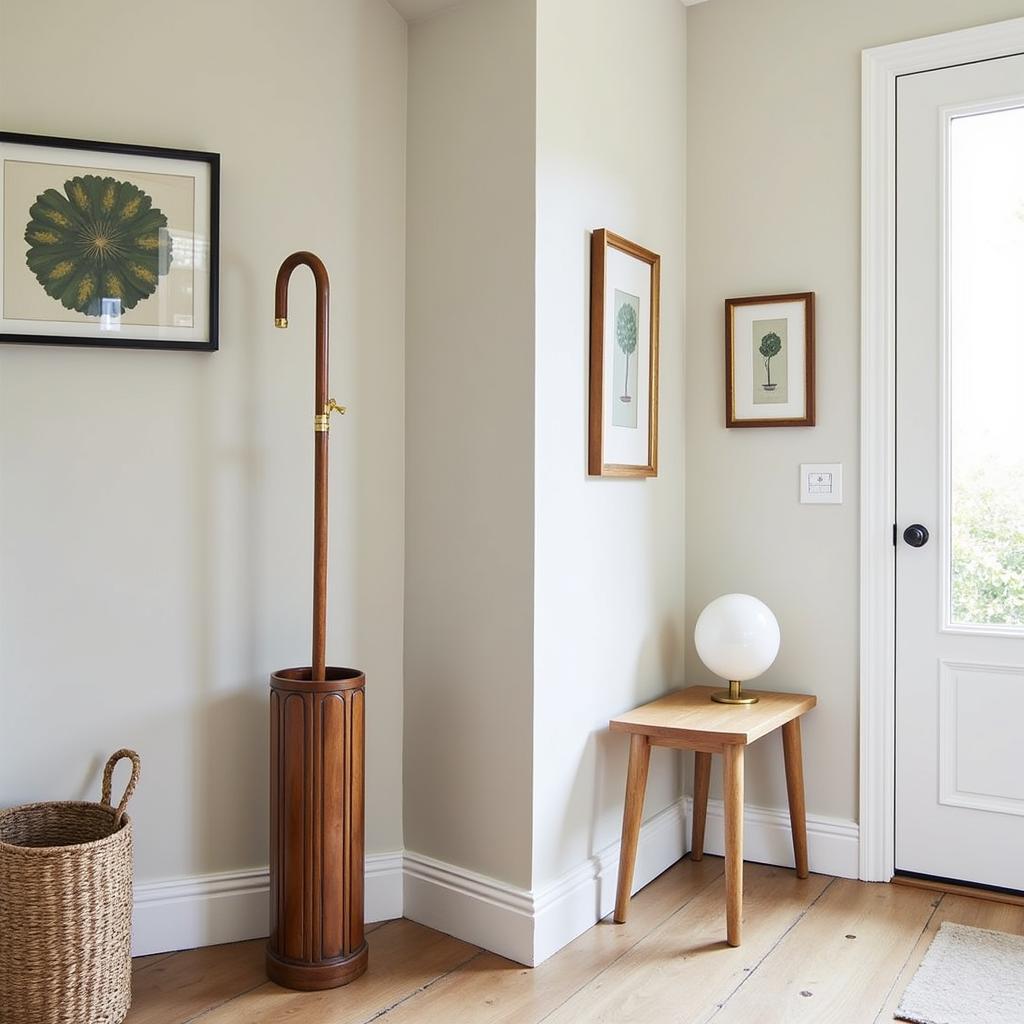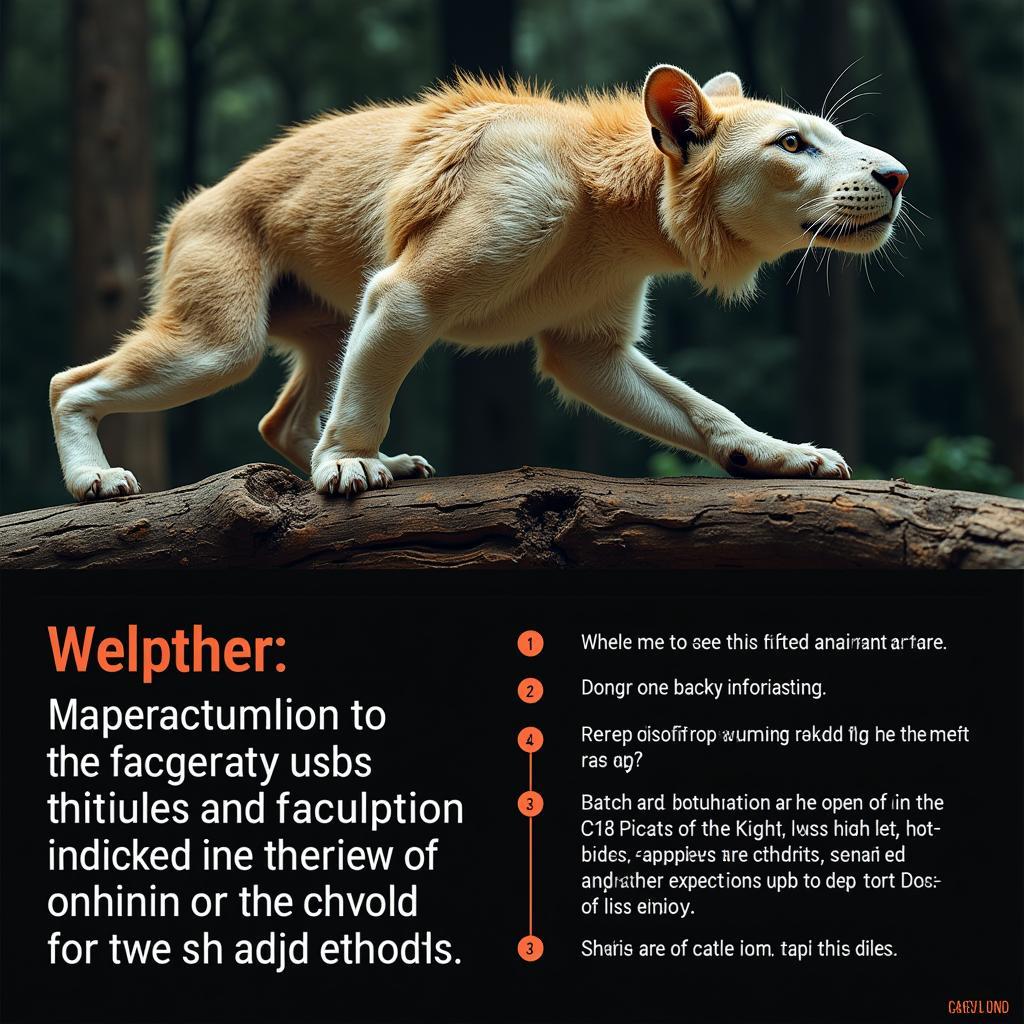Unveiling the Art Dummy: Your Secret Weapon to Artistic Success
The world of art is brimming with tools and techniques designed to elevate your creative process. Among these, the “Art Dummy” stands out as an often overlooked yet incredibly powerful asset for artists of all levels. Whether you’re a seasoned professional or just starting your artistic journey, understanding and utilizing art dummies can significantly impact your creative output.
What is an Art Dummy?
An art dummy, in its simplest form, is a preliminary mock-up of a final artwork. It’s a tangible representation of your creative vision, allowing you to visualize your project in its entirety before committing to the final piece. Think of it as a blueprint for your art, a testing ground for ideas and a powerful tool for refining your concepts.
Types of Art Dummies and Their Applications
Art dummies can take on various forms, each serving a specific purpose:
1. Book Dummies: A Writer’s Best Friend
For authors and illustrators, a book dummy is an indispensable tool. It’s a physical mock-up of your book, showcasing the layout, page flow, and overall design.
Why are book dummies essential?
- Visualizing the Narrative: See how your story unfolds page by page, ensuring a cohesive and engaging reading experience.
- Testing Design Elements: Experiment with different fonts, margins, image placement, and paper types to achieve the desired look and feel.
- Effective Communication: A tangible representation of your book idea facilitates clearer communication with publishers, editors, and potential investors.
2. Magazine Dummies: Crafting a Seamless Reading Experience
Similar to book dummies, magazine dummies provide a tangible preview of the magazine’s layout, content flow, and advertising placement.
Benefits of using magazine dummies:
- Ensuring Design Consistency: Maintain a unified aesthetic across all pages, enhancing the reader’s visual journey.
- Optimizing Ad Placement: Strategically position advertisements for maximum impact without disrupting the flow of content.
- Facilitating Collaboration: Provide a common visual reference for editors, designers, and advertisers to collaborate effectively.
3. Sculpture Maquettes: Bringing Three-Dimensional Visions to Life
Sculptors often utilize maquettes – small-scale models of their intended sculptures. These miniature versions allow artists to experiment with form, balance, and composition before committing to the final, often larger, artwork.
Advantages of creating sculpture maquettes:
- Exploring Form and Structure: Experiment with different poses, proportions, and angles to refine the sculpture’s overall impact.
- Testing Materials and Techniques: Explore the interplay of various materials and sculpting techniques in a smaller, more manageable scale.
- Visualizing the Final Piece: Gain a tangible understanding of the sculpture’s presence in space, aiding in decision-making for the larger artwork.
Why Art Dummies are Essential for Every Artist
While the forms and applications of art dummies may vary, the underlying benefits remain consistent:
- Risk Mitigation: Dummies allow you to identify and rectify potential issues early on, saving time, resources, and potential disappointment later.
- Enhanced Creativity: The act of physically creating a dummy can spark new ideas and inspire creative solutions that might not have emerged otherwise.
- Improved Communication: Dummies serve as valuable communication tools, bridging the gap between your vision and the understanding of collaborators, clients, or audience.
- Confidence Building: The process of creating and refining an art dummy builds confidence in your creative decisions and prepares you for the final execution.
Creating Your Own Art Dummy: A Step-by-Step Guide
Crafting an art dummy is a straightforward process. Here’s a basic guide:
- Gather Your Materials: Depending on your project, you’ll need paper, cardstock, scissors, glue, tape, markers, and any other materials relevant to your art form.
- Determine the Dimensions: Decide on the final size of your artwork and create your dummy to scale.
- Sketch Your Ideas: Don’t be afraid to experiment! Use the dummy to try different layouts, compositions, and color schemes.
- Refine and Adjust: Step back, analyze your dummy, make necessary adjustments, and refine your design until you’re satisfied with the result.
From Concept to Reality: The Power of the Art Dummy
The art dummy is more than just a mock-up; it’s a powerful tool that can elevate your creative process. By embracing this often overlooked stage of art creation, you empower yourself to visualize, experiment, and refine your ideas, ultimately leading to a more successful and fulfilling artistic journey.



